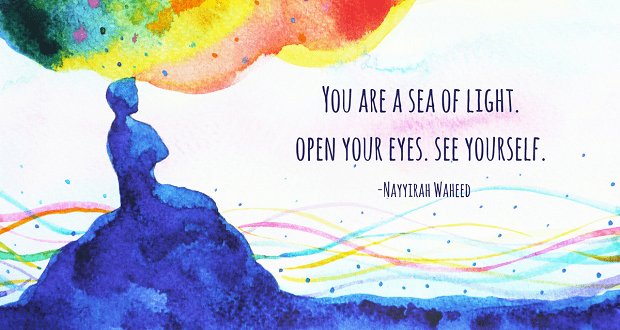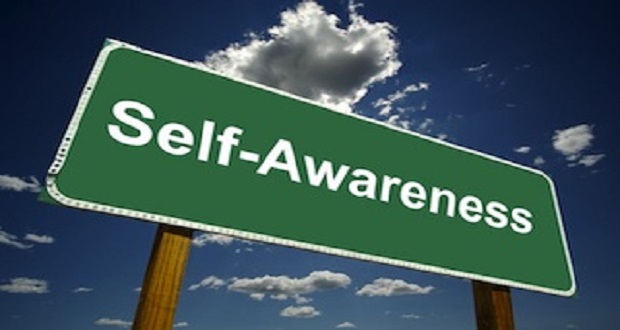
In last week’s post, we focused on the practice of centering ourselves, and identified ways we can be more present—not just for others, but in service of self. Who am I in this moment? What am I feeling? Can I breathe through it? What can I be grateful for in this moment? This week, we want to go deeper in exploring how we can leverage our increased mindfulness to better understand our emotions—the roots of them, the manifestations of them, and ultimately, productive, perhaps even creative, ways to channel and manage them. This week’s question: How can we further explore our feelings in a healthy way?
During my graduate studies, I took a course on coaching. Its focus was primarily on personal growth and development through methods such as meditation, checking-in, and mindfulness. As I matriculated through the course, I learned that coaching goes beyond supporting others to come to conclusions and make decisions. Core to coaching is creating positive interactions—interactions that are influenced by our attitudes, perspectives, emotions, and our awareness of them. Coaching also involves supporting another in recognizing and honoring their own emotions, triggers, the intrapersonal dynamics that we experience from moment to moment. I learned that emotional intelligence is core to putting all this into practice.
Likewise, during chaotic and turbulent times, emotional intelligence is necessary if we are to truly take care. Emotional intelligence is, in part, the ability to identify and manage your own emotions and the emotions of others…the ability to harness emotions and apply them to tasks like thinking and problem solving; and the ability to manage emotions, which includes regulating your own. Emotional intelligence takes awareness of one’s emotions to a place of action. Perhaps it involves, not only, asking oneself, “How am I feeling in this moment?” or “Why am I feeling this way?” But takes it a step further: “What can I do as an outlet? How can I honor my emotions for the good? How can I channel them in a way that serves me and others?
How can I honor my emotions for the good? How can I channel them in a way that serves me and others? Click To TweetA powerful example of this can be found in the stories of health activists, T. Morgan Dixon and Vanessa Garrison, two black woman who are [along with 100,000 other women] “walking through their pain.” In the TEDTalk below, Dixon and Garrison share how they channeled grief, loss, and the trauma from experiencing systematic racism to cultivate self-care for themselves and other black woman. “Our walking is for healing, for joy, for fresh air, quiet time, to connect and disconnect, to worship. But it’s also walking so we can be healthy enough to stand on the front lines for change in our communities.”
Taking care requires not only being aware of your emotions, but channeling them in a way that meets your needs, and maybe even the needs of others. Perhaps, its journaling, physical activity, reading or writing, artistic expression, cooking, or serving others. As with anything else in this work, there is no one size fits all approach to what this looks like. Your only obligation is to yourself, to be more intentional in taking care.
Taking care requires not only being aware of your emotions, but channeling them in a way that meets your needs, and maybe even the needs of others. Click To TweetHow will you practice greater emotional intelligence going into next week? How might you channel and honor your emotions in more productive ways?


















